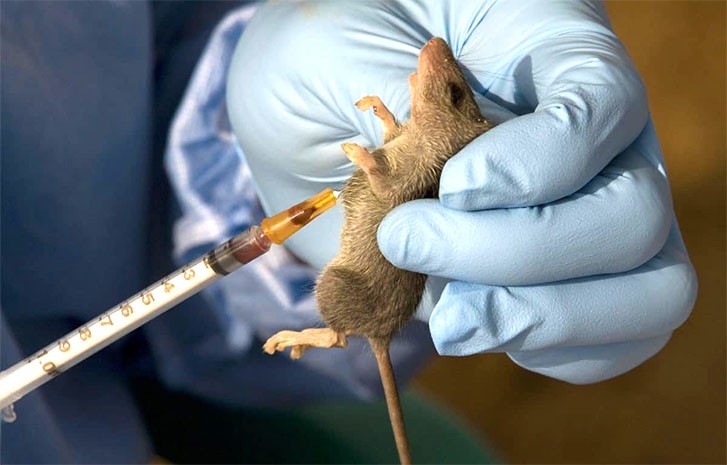The Nigerian Centre for Disease Control, (NCDC) has disclosed that the deaths recorded from the Lassa fever outbreak in Nigeria has reached 118. Accor
The Nigerian Centre for Disease Control, (NCDC) has disclosed that the deaths recorded from the Lassa fever outbreak in Nigeria has reached 118. According to PremiumTimes, from January 1 to February 23, 2633 suspected cases, with 689 confirmed cases and 118 deaths have been recorded in the country.
NCDC said the number of new confirmed cases decreased from 115 cases from the previous week to 102 cases. These were reported from 18 states – Ondo, Ebonyi, Edo, Bauchi, Plateau, Benue, Lagos, Enugu, Gombe, Kaduna, Katsina, Kogi, Sokoto, Taraba, Delta, Rivers, Adamawa and Nasarawa.
Also, four health workers were newly infected in Edo and Ondo states, bringing the total number of infected health workers to 20. Health workers are susceptible to getting infected because of the nature of the disease.
Cumulatively from week 1 to week 08,118 deaths have been reported with a case fatality rate of 17.1 per cent. In total for 2020, 27 states have recorded at least one confirmed case across 115 local government areas. Of all confirmed cases, three states – Edo, Ondo and Ebonyi – have the highest burden of the disease at 72 per cent.
The primary host of the disease is the rat and the ailment is transmitted from the rodents to humans. Human to human transmission also occurs and has been identified as high proliferation of the disease. Symptoms of the disease include fever, headache, sore throat, general body weakness, cough, nausea, vomiting, diarrhoea, muscle pains, chest pain, and in severe cases, unexplainable bleeding from ears, eyes, nose, mouth, vagina, anus and other body orifices. It could also present persistent bleeding from sites of intravenous cannulation.
